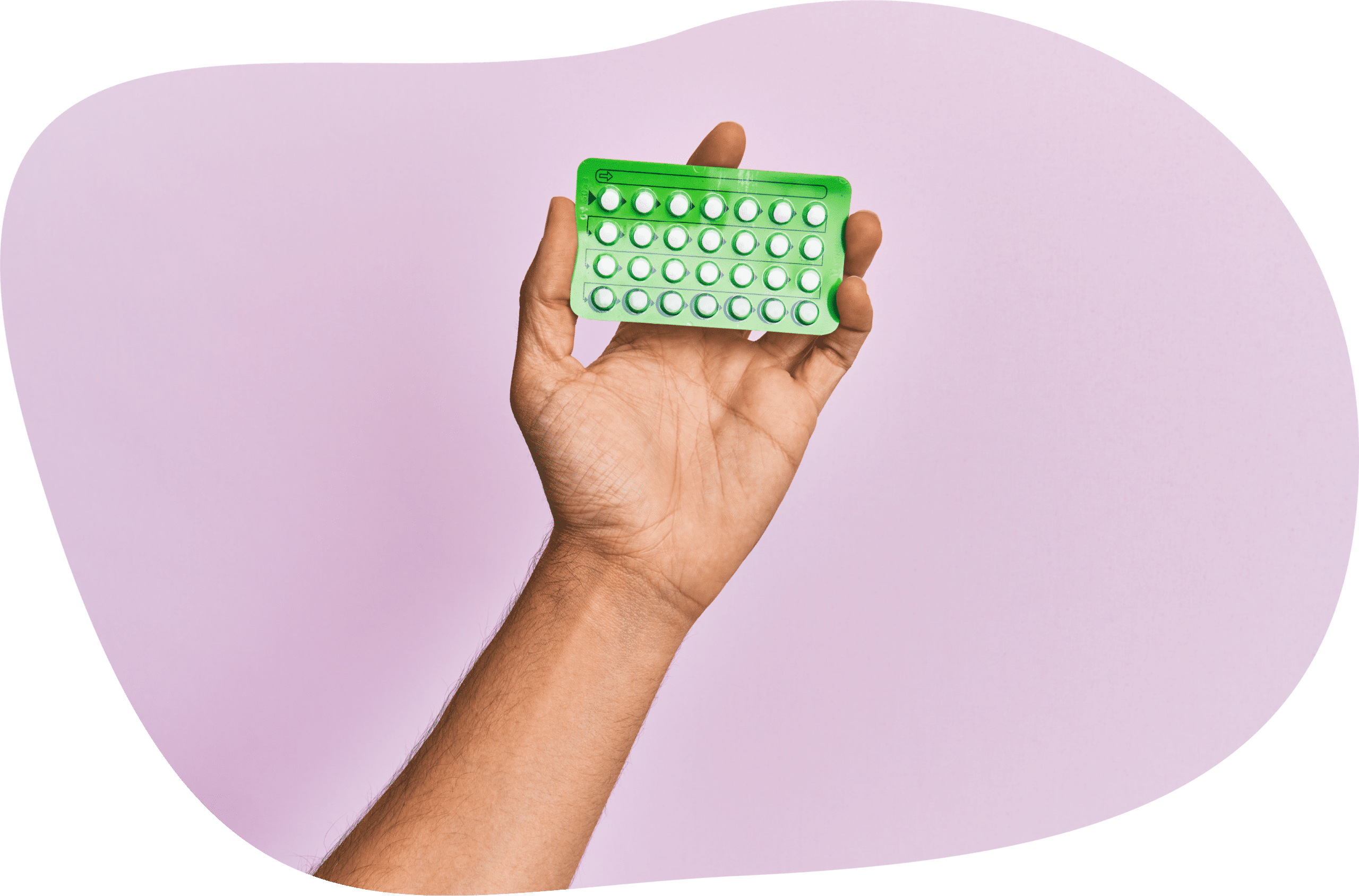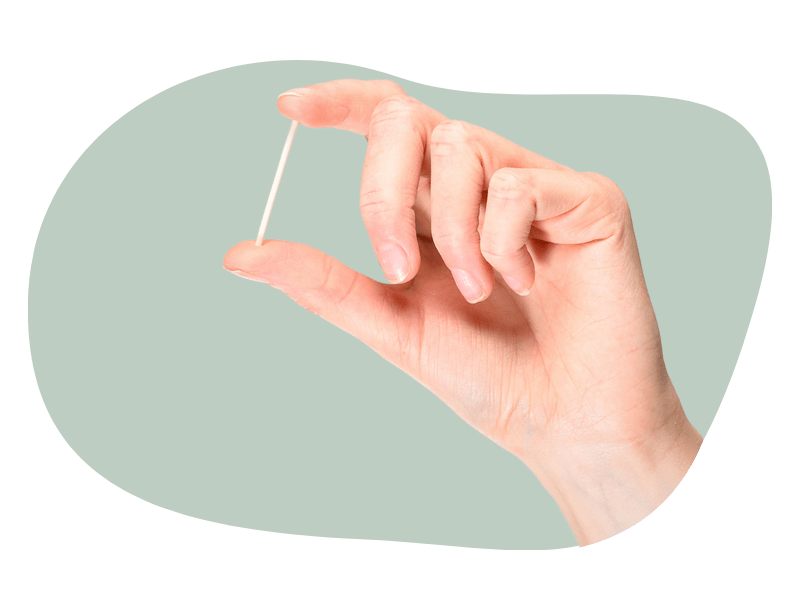An important part of starting on any of the birth control methods provided by A Step Ahead Chattanooga is making sure you have all the information to make an informed decision about what’s best for you. Birth control is most commonly used to prevent pregnancy, though there are many benefits to birth control beyond preventing pregnancy too.
But like all medications, birth control can have side effects. Everyone reacts to birth control differently. Just because someone had a side effect with a certain type of birth control, doesn’t mean you will too. You may also tolerate one form of birth control much better than another form. Some people need to try a few types of birth control before finding the one that is best for them, while other people have no noticeable side effects at all.
This post will help you understand the possible side effects of different long-acting and short-acting birth control methods and when it’s important to talk to your healthcare provide

Combined oral contraceptive pills (OCPs) have been around for more than 50 years, and millions of people have used them safely. Most side effects from this type of pill get better or go away completely after 2-3 months of use.
Some common side effects associated with the combined estrogen-progestin birth control include:
The side effects above aren’t dangerous, but can be uncomfortable. Taking the pill shouldn’t cause you long-term discomfort, so talk to your healthcare provider if the side effects are hard to tolerate or don’t go away after a few months.
There are also some uncommon, but serious side effects that can happen with this type of birth control, including:
If you develop any of the following symptoms, it may be a sign of the uncommon side effects above; seek medical attention right away:
Progestin-only pills (POPs) are an option for people who cannot or prefer not to use estrogen-containing OCPs. This type of birth control is sometimes called the Minipill.
The most common side effects associated with POPs are changes to bleeding pattern, such as:
These side effects may improve after 3 months of use, and taking the pill at the same time every day can help.
Other less common side effects associated with POPs include:
Ovarian cysts are benign and generally don’t need to be removed. They often resolve on their own. An ovarian cyst usually only causes symptoms if it splits (ruptures), is very large, or twists and then blocks the blood supply to the ovaries, which is uncommon. If you develop pelvic pain, bloating, and/or pain with sex while on a POP, call your healthcare provider. If you develop sudden and severe lower abdominal pain with or without nausea or vomiting, you should seek care immediately.
IUDs are generally very well tolerated and have been around for decades. There are two types of IUDs- copper and hormonal. The two types work differently to prevent pregnancy, and each has its own possible side effects.
For more information about IUD insertion, check out this blog post.
 All types of hormonal IUDs use the hormone progestin to help prevent pregnancy and treat heavy or painful periods. Though IUDs often help improve many symptoms associated with your period, there can be some side effects, too.
All types of hormonal IUDs use the hormone progestin to help prevent pregnancy and treat heavy or painful periods. Though IUDs often help improve many symptoms associated with your period, there can be some side effects, too.
Common side effects include:
Uncommon side effects include:
Irregular bleeding and cramping generally improve over time. If you have prolonged or heavy bleeding, sharp and sudden pain, or pain and spotting with sex, follow up immediately with a healthcare provider.
This type of IUD does not contain any hormones. The copper IUD can cause more bleeding or cramping during your periods, especially in the first 3-6 months.
Other side effects include:
Uncommon side effects include:
If you have bleeding or pain/cramping that bothers you and doesn’t improve over time, it’s important to talk to your healthcare provider, who will ensure your IUD is in place.
The implant is a progestin-only form of contraception that is generally well tolerated. Like other forms of birth control, negative side effects usually go away after a few months once your body adjusts.
Check out this post for more information on implant insertion.
 Some side effects of the implant include:
Some side effects of the implant include:
If you develop signs of infection, have redness or pain at the implant site that doesn’t go away, or have any bothersome symptoms after your first few months of implant use, talk to your healthcare provider.
While birth control often helps reduce symptoms of periods and hormone-related conditions, it can have side effects, too.
Change in bleeding pattern is the most common side effect of all contraceptive types listed in this blog. Changes may include spotting or an unpredictable cycle. Some people may skip periods or stop having their period altogether (known as amenorrhea). This is a common side effect of many contraception options and is perfectly safe. While amenorrhea is a welcome bonus for some people, others may find it unsettling. If you prefer to have a period every month or are worried about pregnancy, it’s important to talk to your healthcare provider. Being on birth control shouldn’t be uncomfortable, so if you have side effects that are bothersome or don’t improve over time, schedule an appointment with your healthcare provider.
© A Step Ahead Chattanooga 2025 and website designed by Brightside Creates.
We collect cookies to analyze our website traffic and performance; we never share any personal data. View our Privacy Policy.